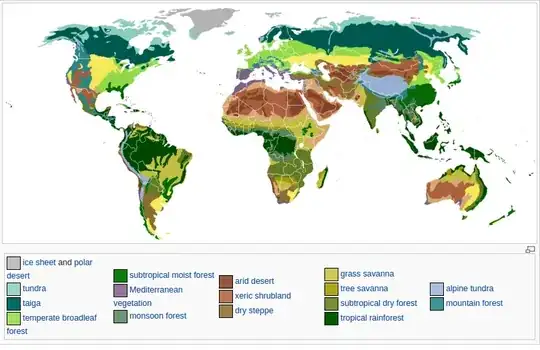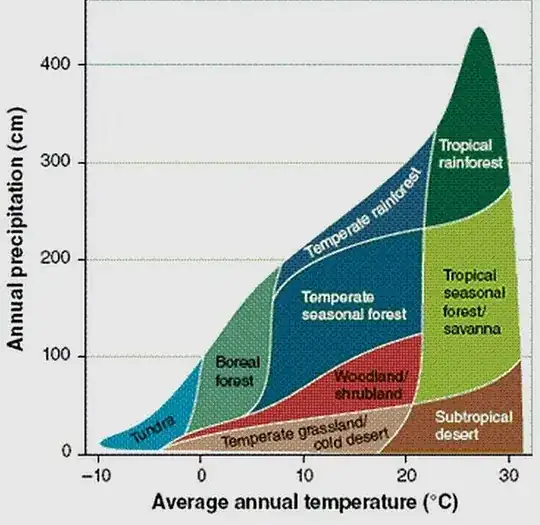Define Yourself
The easiest way may be to use terms in the language of the people in your world. That way you can define the term to mean anything. (Ex. "Jerlo" means large hills, not quite mountains). The disadvantage of this is that your readers/players never come in with a knowledge of terms. You have to explain every one. Granted, you would probably have to explain any scientific ones too, because most users wouldn't get those either. In either case, there is a decent chance users will forget them, so you might want to have a glossary stored somewhere.
Research
The other way would be to research things, and look for broad types of things. These terms wouldn't be as specific as "all all possible rock types," but they will give your users a easier time of what you're showing. You may still have to define these terms in a glossary. For example, mountains have several different varieties, volcanic mountains, fold mountains, and block mountains (see this Wikipedia article). You could use those terms and others to better define your geological resources. A lot of geological terms (many more specific than you want), can be found here, on Wikipedia. For example, the article defines aa "Dike - or dyke - a type of sheet intrusion referring to any geologic body that cuts discordantly across."
You can use this as a reference for your map.
The basis of general terms for climates are Biomes. Biomes are large areas defined by similar climate. These will have similiar abiotic and biotic features (i.e. similar plants, animals, and climate The important factors for a biome are:
- Latitude, list starts with the poles and ends at the equator
- Arctic
- Boreal
- Temperate
- Subtropical
- Tropical
- Humidity, list starts with most humid and ends with least humid
- Humid
- Semihumid
- Semiarid
- arid
- Humidity can also be defined by rainfall
- Seasonal Variation. The rainfall is distributed roughly evenly throughout the seasons. Some places have a dry season and a wet season. Most of the rain falls in the wet season
- Elevation.
- Increasing elevation distributes climates similar to how change in latitude distributes climates.
Biomes are also fundamentally divide into two classifications: Terrestrial (land), and Aquatic Biomes.
You can use the above words to classify biomes even if you can't find official names for them.
There are several different official ways to classify Biomes, many of them are listed on Wikipedia.
Here is a possibly helpful graphic (from the Wikipedia article), that shows the Biomes on earth. It may help you in making your map.
 Note: The legend is linked, if you want to click the links please vist the original article.
Note: The legend is linked, if you want to click the links please vist the original article.
 Note: The legend is linked, if you want to click the links please vist the
Note: The legend is linked, if you want to click the links please vist the 